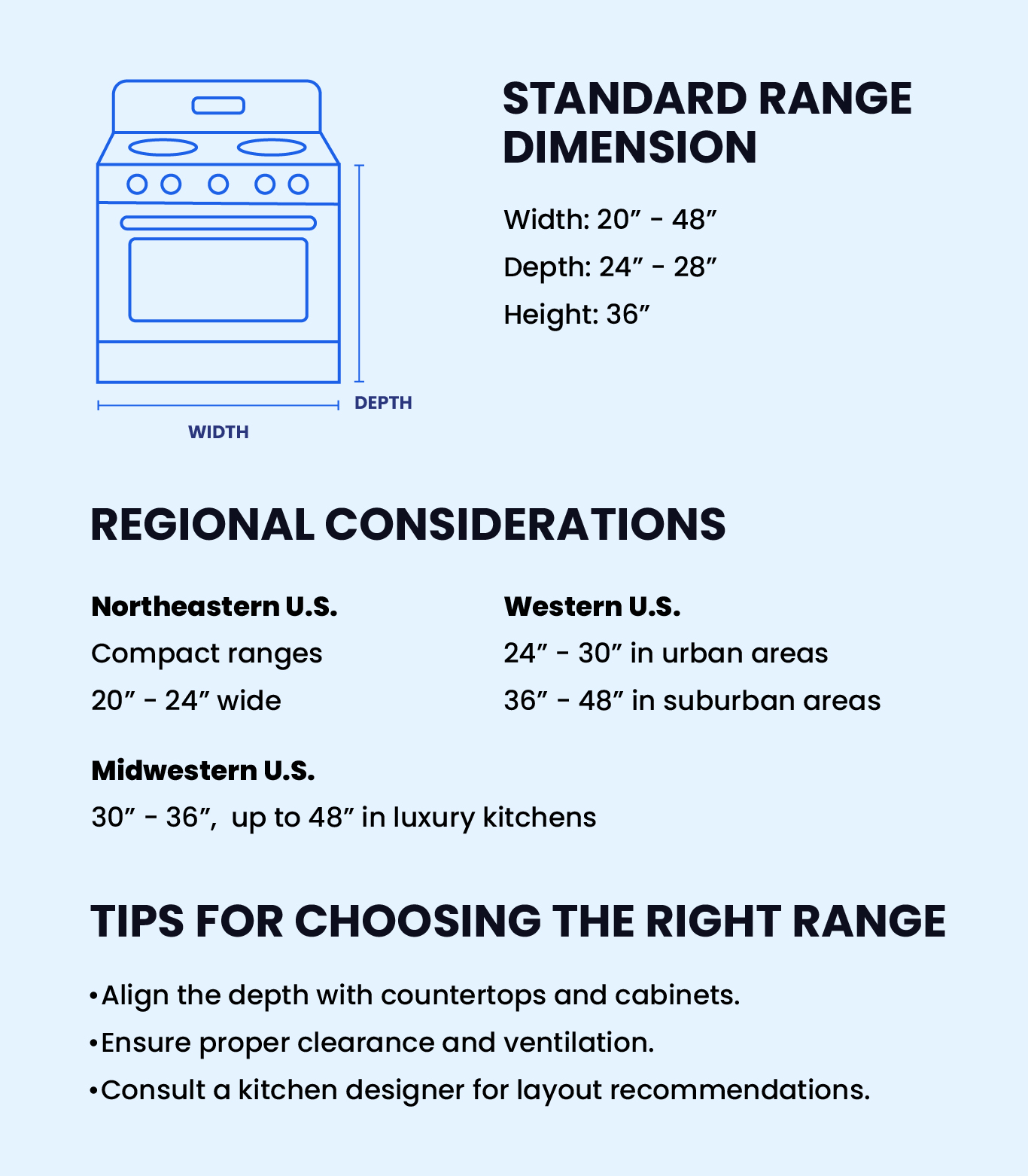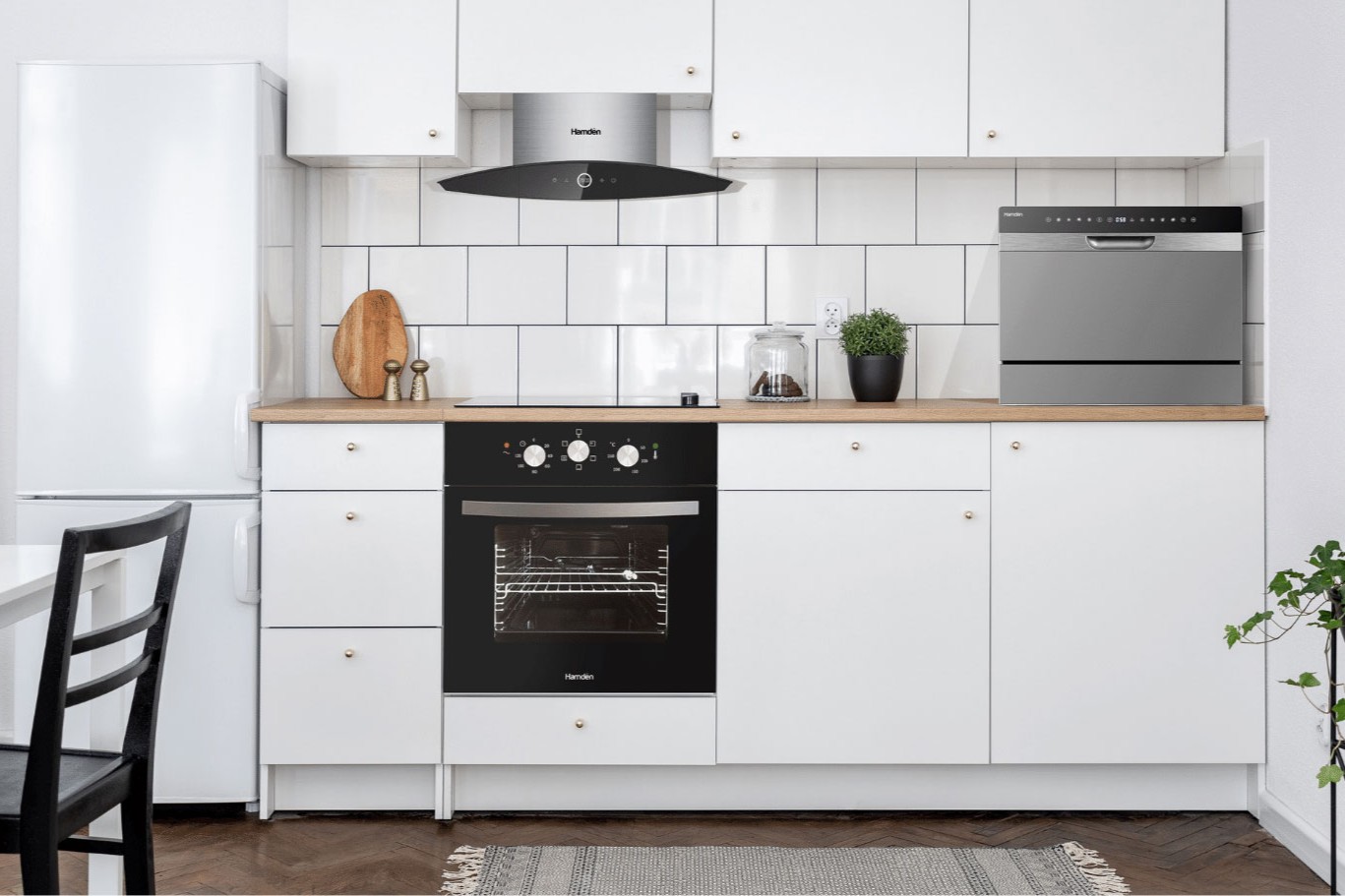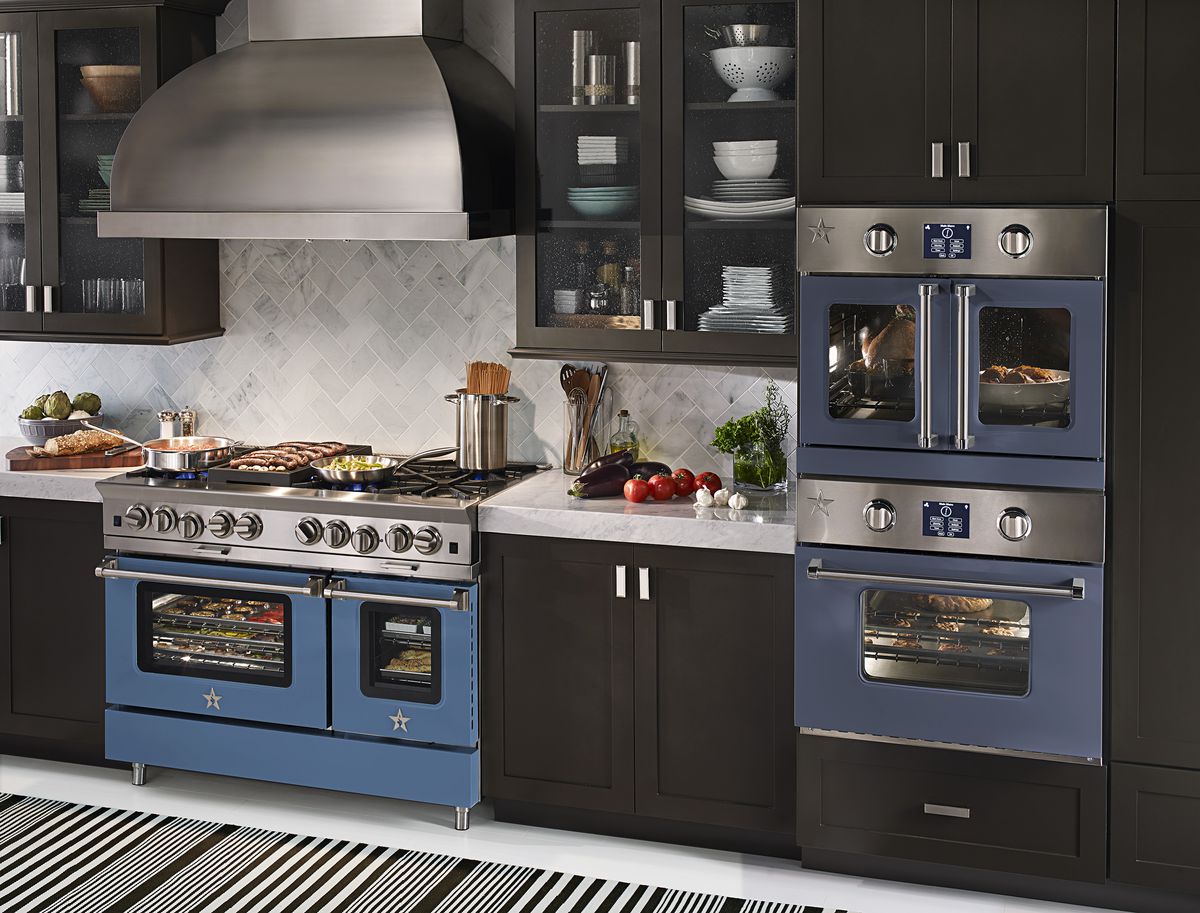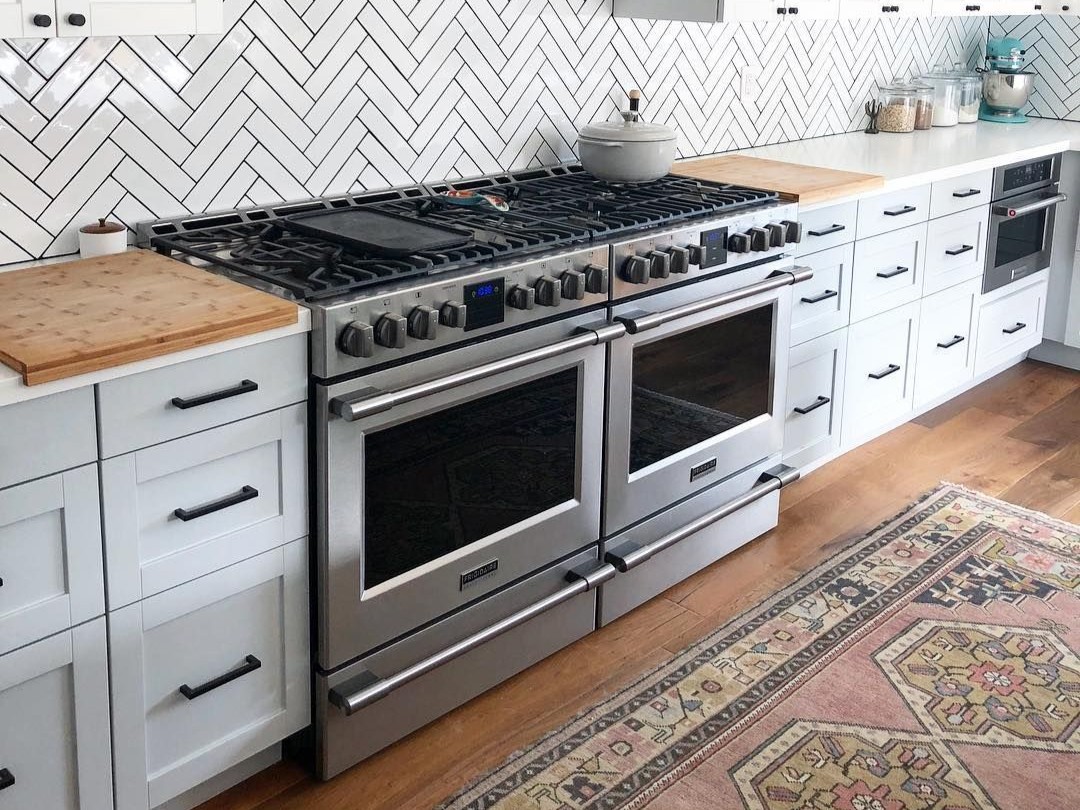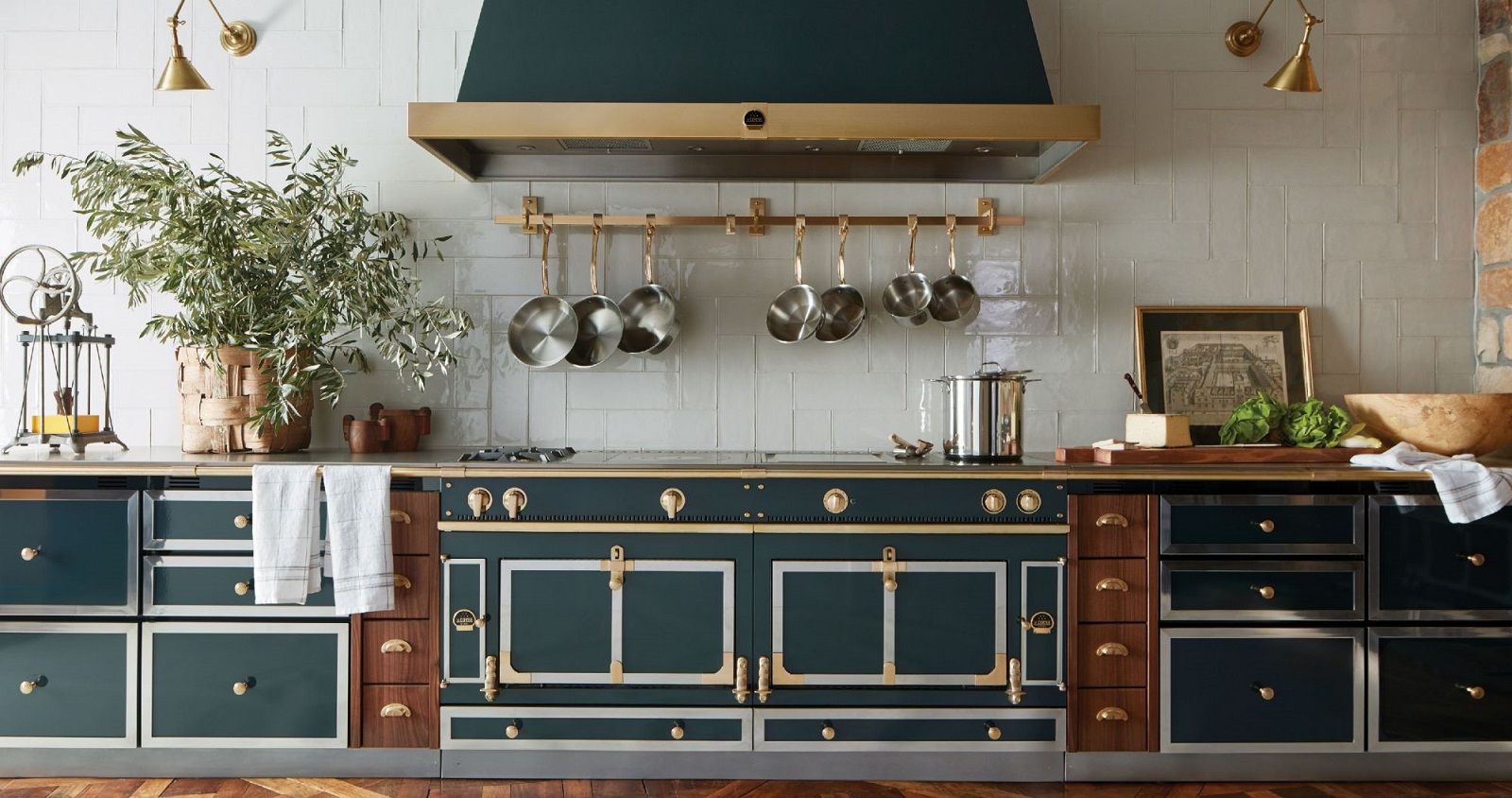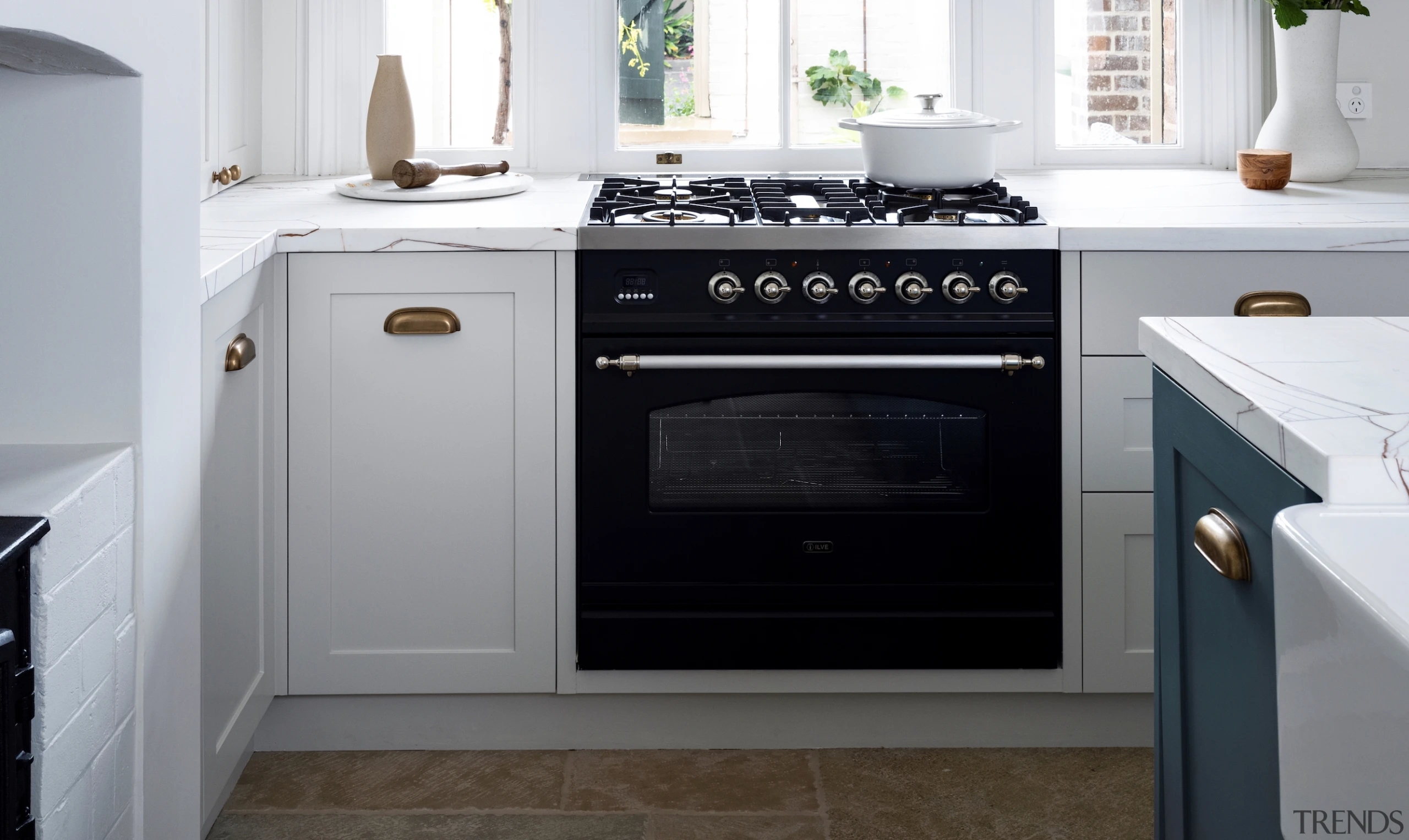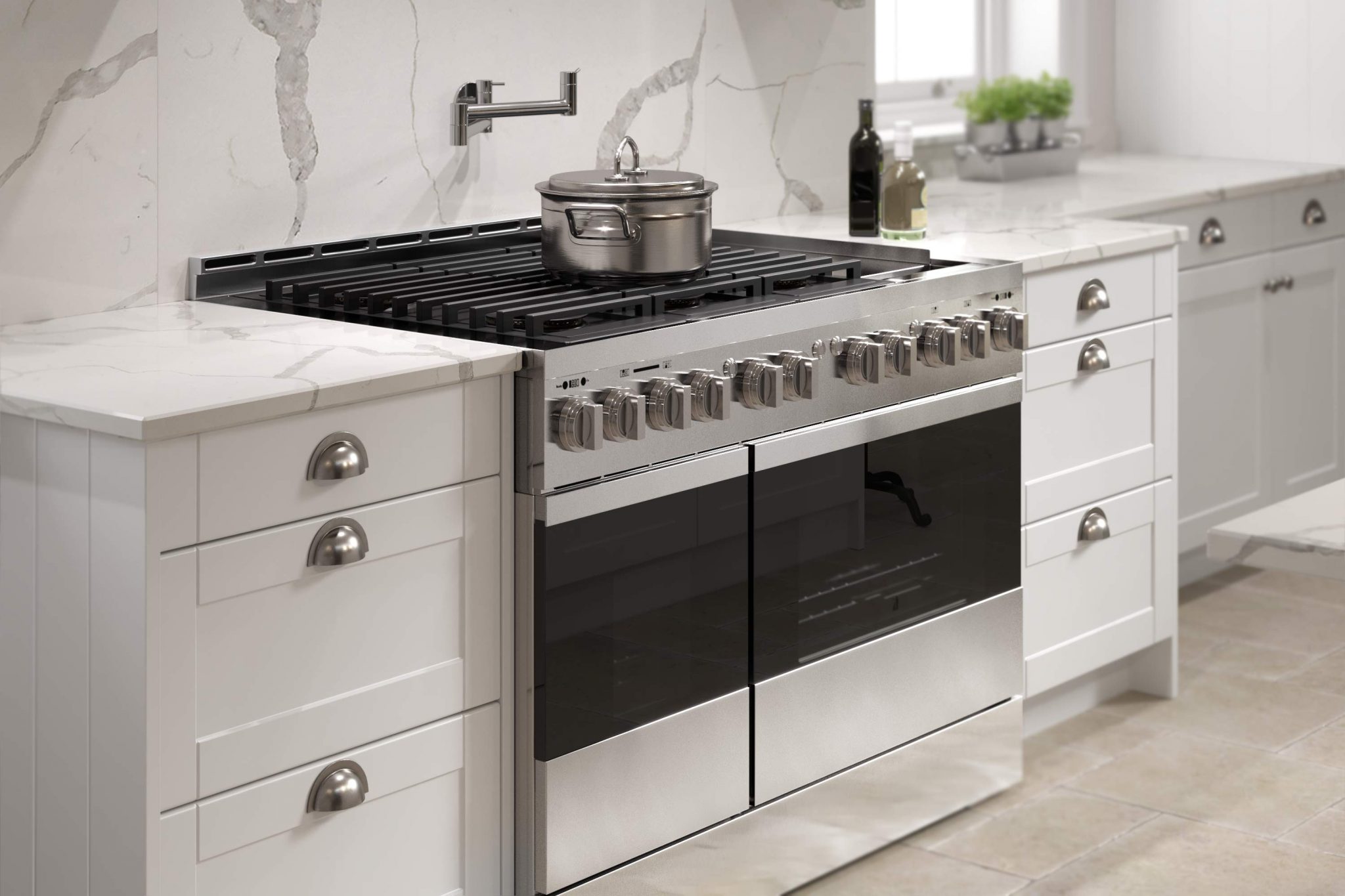
4 Expert Tips for Choosing the Perfect Kitchen Range Based on Your Regional Space and Lifestyle
- By May Khin

Where Design Meets Culinary Function
Choosing the perfect kitchen range nowadays can be tricky because there are so many options out there and you have to choose based on your regional space and lifestyle. In today’s homes, the kitchen is more than a cooking space—it is a statement of lifestyle, taste, and functionality. At the heart of every great kitchen lies one essential appliance: the range. Selecting the perfect kitchen range means aligning your choice not only with standard appliance sizes but also with regional home designs, culinary habits, and spatial realities. With refined insight and expert guidance, this article will help you make a selection that is both elegant and efficient.
Understanding Standard Kitchen Range Dimensions
Before narrowing down your options based on personal or regional preferences, it’s important to understand the foundational dimensions that define modern ranges:
- Width: Common options include 20″, 24″, 30″, 36″, 48″, and 60″. The 30″ range remains the most popular in American households due to its versatility.
- Depth: Ranges typically measure between 24″ and 28″, not including handles. This ensures a flush fit with standard countertops (25″–26″ depth).
- Height: Most ranges have a cooktop height of 36″, aligning with standard counter height, with an overall height up to 46″ when including the backguard.
These dimensions offer the flexibility to suit a variety of kitchen layouts and cabinetry depths.
Regional Differences in Range Size Preferences
While the structure of kitchen ranges is standardized, the ideal choice varies depending on where you live. Let’s explore how regional architecture and lifestyle habits influence the optimal kitchen range size.
Northeastern United States: Compact and Practical
Ideal Range Size: 20″–24″
In metropolitan hubs like New York City and Boston, kitchens are often compact. According to NYC’s Department of Housing Preservation and Development, the average kitchen size in Manhattan apartments is under 100 square feet. Narrow ranges (20″ to 24″) are tailored for these environments, maintaining full functionality while conserving valuable space.
Pro Tip: Look for ranges with convection ovens, bridge burners, and built-in broilers to maximize utility in a smaller footprint.
Midwestern United States: Spacious and Versatile
Ideal Range Size: 30″–36″, up to 48″ for luxury kitchens
In the Midwest, homes typically feature expansive kitchens. Zillow data shows that Midwestern kitchens average between 200 and 300 square feet. As a result, 30″ and 36″ ranges are standard, while 48″ professional-style models are gaining traction among cooking enthusiasts and families.
Pro Tip: Choose models with dual ovens or integrated griddles for multifunctionality. Brands like Wolf and Viking offer 48″ models perfect for ambitious home chefs.
Southern United States: Hospitality Meets Culinary Heritage
Ideal Range Size: 30″–36″, with growing interest in 48″ pro-style ranges
In the South, the kitchen is more than a cooking space—it’s the heart of the home, often doubling as a gathering place where food and conversation flow freely. From Sunday suppers to holiday feasts, Southern kitchens are designed to accommodate tradition, hospitality, and large-scale cooking.
Kitchens in the Southern United States—especially in states like Texas, Georgia, and the Carolinas—are typically more spacious than the national average. According to a study by the National Kitchen & Bath Association (NKBA), new builds in the South Atlantic and West South-Central regions feature kitchens averaging 165 to 166 square feet, with some multi-story homes in Texas and surrounding states reaching up to 184 square feet. This generous layout readily accommodates larger, feature-rich ranges and other high-end kitchen appliances.
30-inch models remain a staple, offering the versatility needed for day-to-day Southern cooking. However, 36-inch and even 48-inch professional-style ranges are increasingly popular among homeowners looking to elevate their kitchen into an entertainer’s dream or a serious cook’s haven.
Pro Tip: Choose a range with flexible cooktop configurations—like griddles, high-BTU burners, and convection ovens—to keep up with everything from frying catfish to slow-cooking collards.
Western United States: Mixed Layouts and Modern Style
Ideal Range Size: 24″–30″ for urban homes, 36″–48″ for suburban homes
From downtown Los Angeles lofts to spacious suburban homes in Silicon Valley, the West Coast showcases a diverse range of housing types. Urban dwellings often favor space-saving appliances, while suburban kitchens embrace larger, statement-making ranges.
A 2023 California Association of Realtors survey found that over 40% of homeowners increased their appliance footprint during kitchen renovations—showing a regional lean toward culinary luxury.
Pro Tip: In urban kitchens, opt for slide-in or front-control ranges for a built-in look. In larger homes, consider WiFi-enabled ranges that integrate with smart home systems.
Practical Tips for Choosing the Right Range
Beyond size and regional considerations, here are essential tips to ensure your new range fits beautifully and functions flawlessly:
Align with Countertops and Cabinets
- Ensure the range depth (typically 25″–28″) matches your countertops for a seamless fit.
- Measure carefully to allow cabinet doors and drawers to open freely.
Check Ventilation Requirements
- Ensure proper clearance around your range as per the manufacturer’s specifications.
- Invest in quality ventilation hoods—especially for high-BTU models—to maintain air quality.
Think Long-Term Functionality
- Consider how your cooking habits might evolve over time. If you entertain often or cook elaborate meals, opting for a larger or dual-fuel range may be a future-proof choice.
Consult a Kitchen Designer
- A professional can provide layout recommendations and help select models that align with your kitchen’s flow, aesthetics, and usage patterns.
Why Your Range Matters: More Than Just an Appliance
According to the National Kitchen and Bath Association, 52% of homeowners prioritize kitchen functionality during renovations, and 41% emphasize design aesthetics. The range sits at the intersection of these two desires.
Whether you’re preparing a weeknight dinner or hosting a holiday feast, your range is a central tool—and its size and style should reflect the life you live. Investing in the right model enhances not just cooking capacity, but also the emotional and visual experience of the kitchen.
Curate a Culinary Space That Reflects You
Choosing a kitchen range is not just a technical decision—it’s a design statement and a personal reflection of your cooking lifestyle. From narrow ranges in New York’s brownstones to luxurious professional models in Chicago’s suburbs or open-concept coastal kitchens in California, each region offers its own rhythm of living and design.
By considering both standard dimensions and regional preferences, you can select a range that enhances your kitchen’s efficiency, beauty, and soul.
